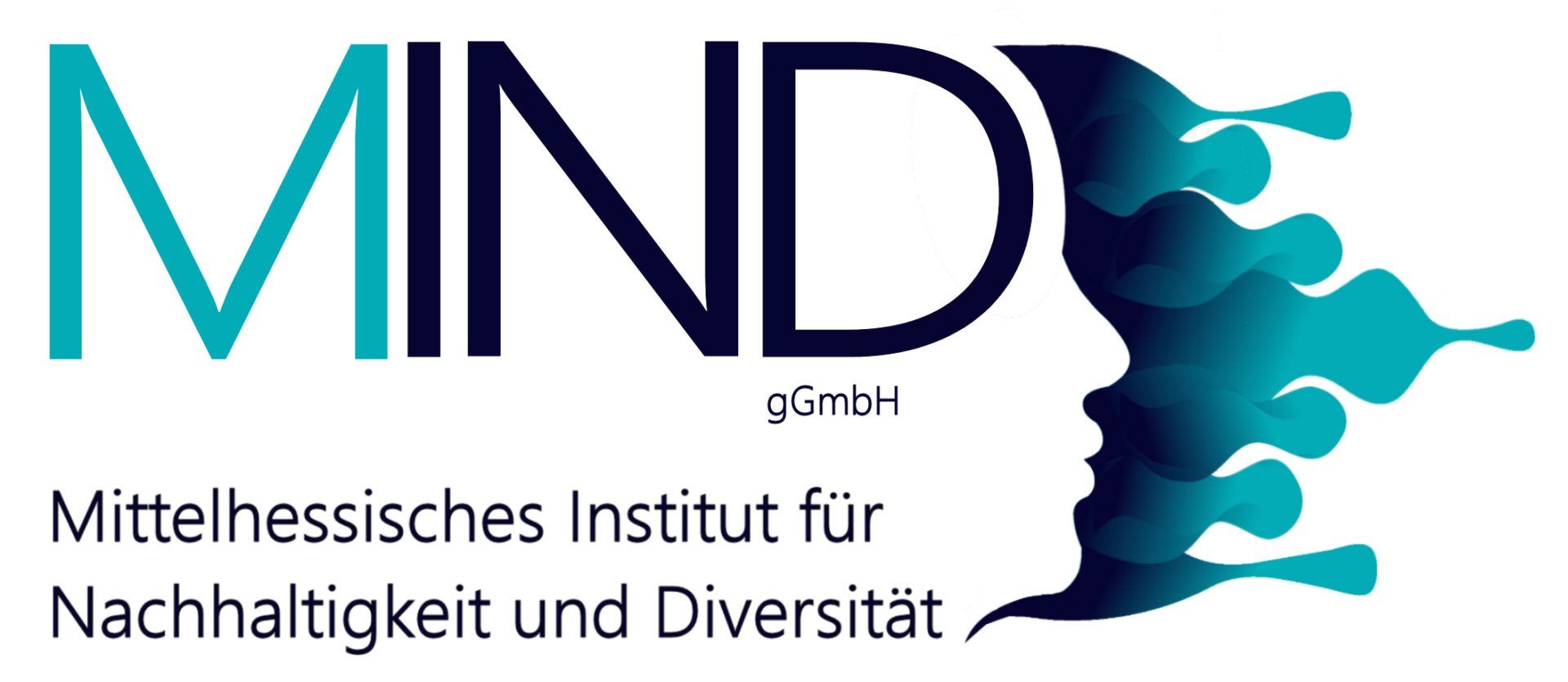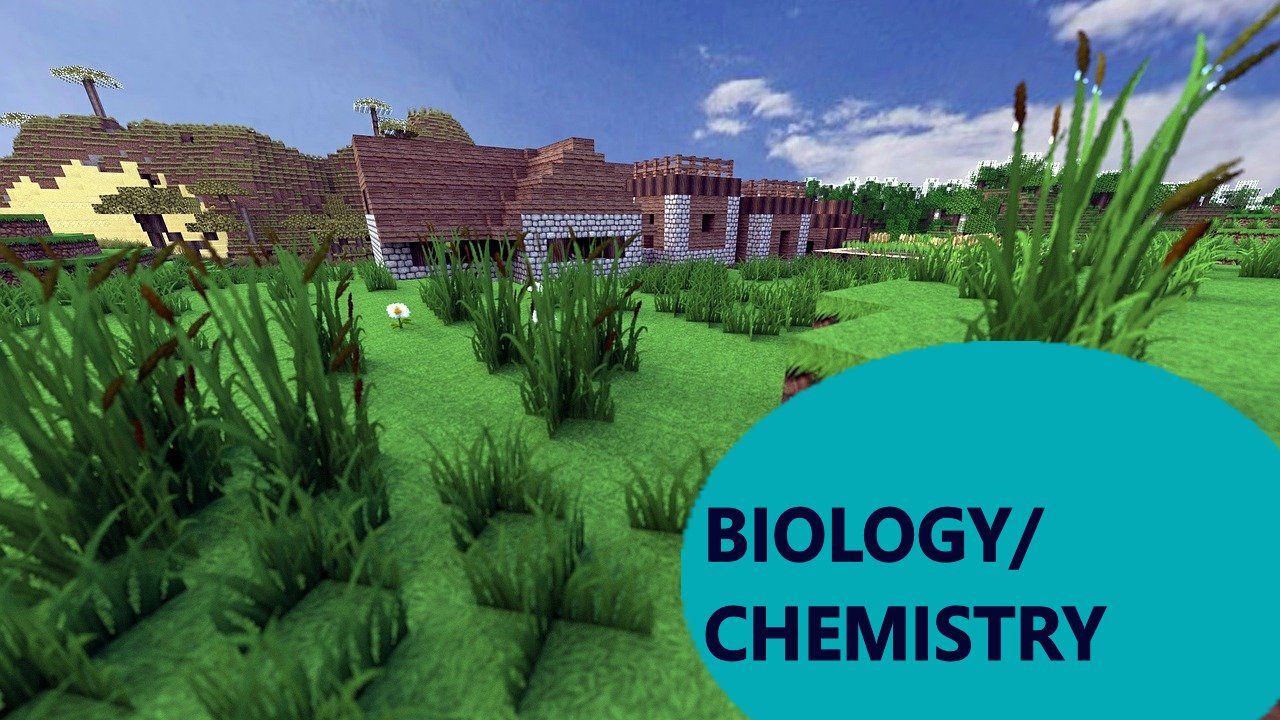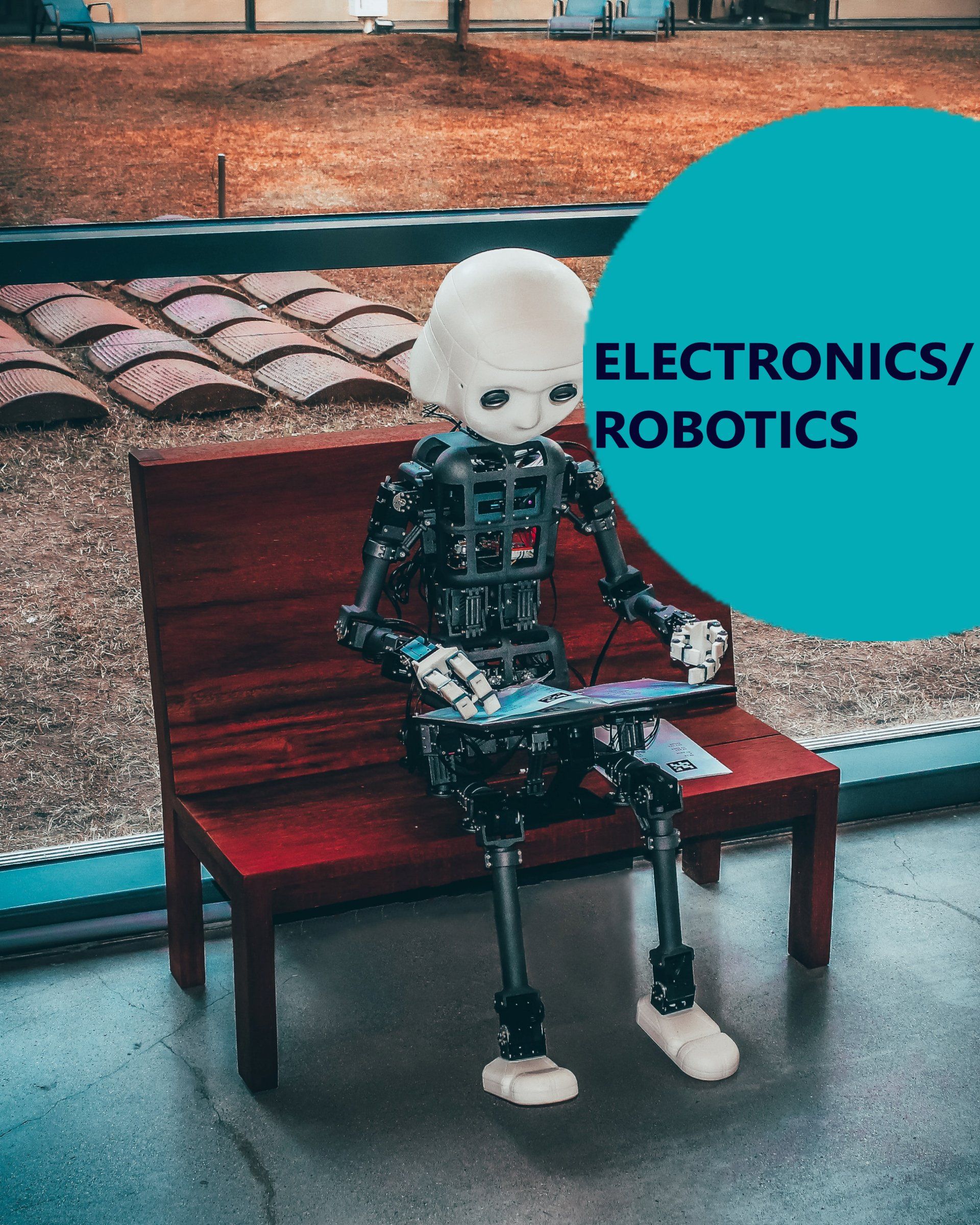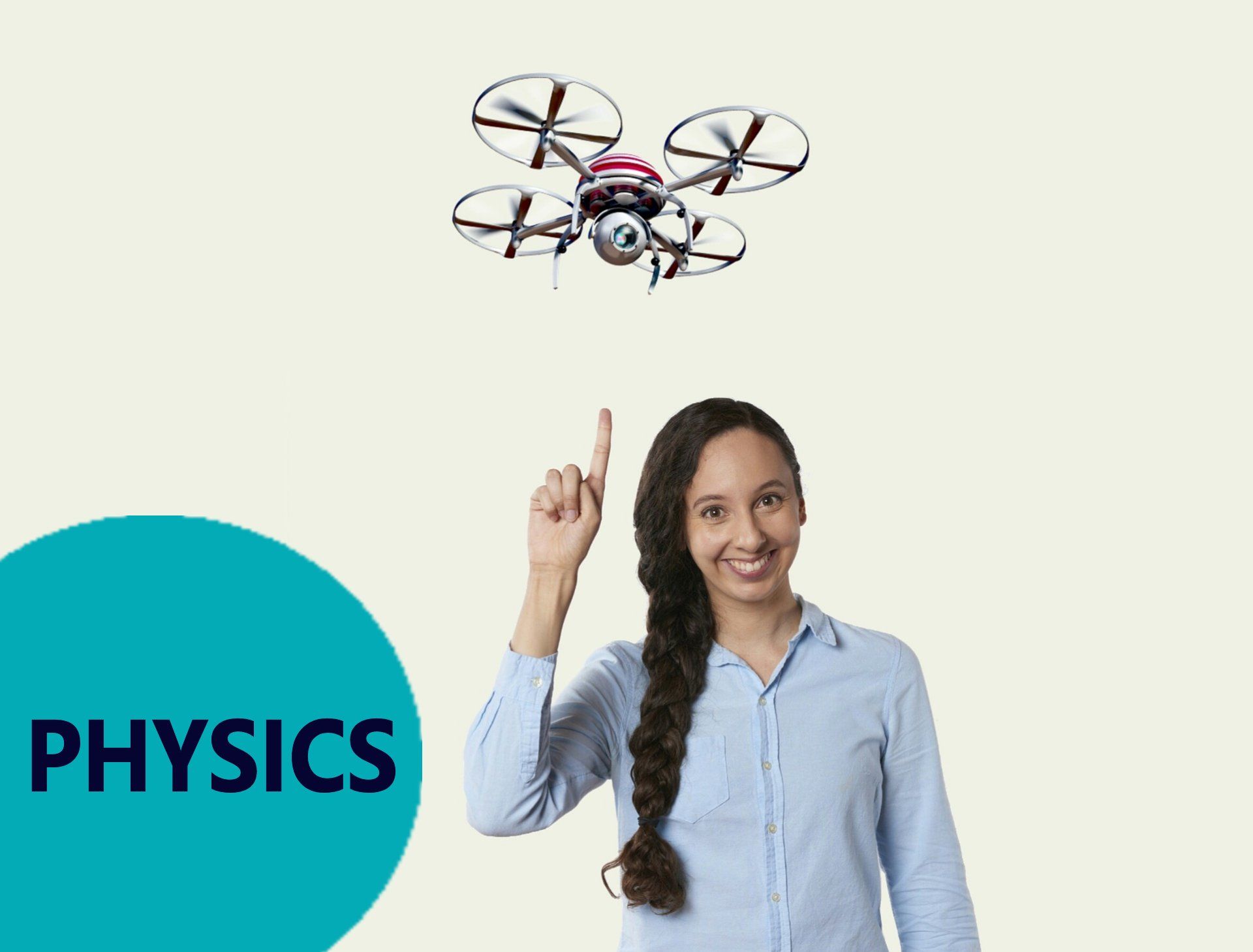Green-MINT
MINT - Mathematics, computer science, natural sciences and technology - for many students just subjects. Very few can imagine that there are exciting opportunities for experimenting, researching and developing your own projects to solve current challenges in society, especially with how much fun and creativity these can be associated with. In cooperation with our partner ibs gGmbH (project coordination) and the schools in the Gießen district, we show schoolchildren with creative and playful afternoon activities that MINT is anything but boring and that MINT professions are very diverse and future-oriented.
Behind the classic MINT modules of physics, biology/chemistry, IT and electronics/robotics are offers that give insight into the exciting sides of MINT projects in a playful way. Automate a self-designed castle with the help of circuits to control drawbridges and traps, create interactive works of art with sensors, make a bird robot fly with 3D printing and programming, launch self-developed rockets in the Kerbal Space program and many other possibilities. What all this has to do with sustainability, and much more, the students learn in the project
Green MINT .
IT
It's just a game: Understanding how computer games are structured, which code is required for which aspects of a game and developing your own computer games independently and easily. Try out the basics of programming with Scratch and Tynker, among others.
Coding is cool: Here you can not only learn how to develop cool coding projects, but also how much fun it can be when you plan and implement a project together with friends.
BIO/CHEMIE
Minecraft: Produce atoms in "atomic construction workbenches" from protons, neutrons and electrons, which are represented as colorful balls, while following the laws of Bohr's atomic model.
Plant organically: Understand the chemical characteristics of biochar, a natural CO² store that binds nutrients and supports humus formation. Understand the connections between soil nutrients and plant growth by measuring the acidity of soil before and after the use of biochar.
ELECTRONIC/ROBOTIC
Robotics: Combine analog and digital learning and implement bionically inspired projects with a practice-oriented educational kit (bionics4education), such as developing robots based on nature's models. Or develop your own robots and machines with Arduino and sensor technology and learn the basics of electrical engineering and programming.
(Sm-)Art you are: Create interactive works of art with programmable lighting and with the help of Arduino controllers and sensor technology that record the actions of the viewer.
PHYSICS
The Butterfly Effect: Learn the basics of aerodynamics, the behavior of mass in the air, the circulation of energy in electrical circuits, etc. in practical projects. The robot butterflies from bionics4education serve this purpose. Learning which physical forces act on butterflies in flight and how to use these forces in such a way that the butterflies also successfully hover through the air.
Let it shine: The focus here is on solar energy. Plan and develop a solar sunflower and also build and program it together. In this way, you not only learn how photovoltaics work, but you also experiment with the power of the sun and program the sunflower so that it follows the course of the sun.
Green-MINT
MINT (STEM) - Science, technology, engineering and mathematics, - for many students just school subjects. Very few imagine that there are exciting opportunities for experimenting, researching and developing projects to solve current challenges in society and especially with how much fun and creativity these can be associated with. In cooperation with our partner ibs gGmbH (project coordination) and the schools in the Gießen district, we show students with creative and playful afternoon activities that STEM is anything but boring and that STEM-professions are very diverse and future-oriented.
Behind the classic STEM modules of physics, biology/chemistry, IT and electronics/robotics stand offers that give insight into the exciting sides of STEM projects in a playful way. Automate a self-designed castle with the help of circuits to control drawbridges and traps, create interactive works of art with sensors, make a bird robot fly with 3D printing and programming, launch self-developed rockets in the Kerbal Space program and many other possibilities. Moreover, the students learn how all this is connected to sustainability in the project
Green-MINT.

IT
It's just a game: Understanding how computer games are structured, which code is required for which aspects of a game and developing your own computer games independently and easily. Try out the basics of programming with Scratch and Tynker, among others.
Coding is cool: Here you don't only learn how to develop cool coding projects, but also how much fun it can be when you plan and implement a project together with friends.
BIOLOGY/CHEMISTRY
Minecraft: Produce atoms in "atomic construction workbenches" from protons, neutrons and electrons, which are represented as colorful balls, while following the laws of Bohr's atomic model.
Plant organically: Understand the chemical characteristics of biochar, a natural CO² store that binds nutrients and supports humus formation. Understand the connections between soil nutrients and plant growth by measuring the acidity of soil before and after the use of biochar.
ELECTRONICS/ROBOTICS
Robotics: Combine analog and digital learning and implement bionically inspired projects with a practice-oriented educational kit (bionics4education), such as developing robots based on nature's models. Or develop your own robots and machines with Arduino and sensor technology and learn the basics of electrical engineering and programming.
(Sm-)Art you are: Create interactive works of art with programmable lighting and with the help of Arduino controllers and sensor technology that record the actions of the viewer.
PHYSICS
The Butterfly Effect: Learn the basics of aerodynamics, the behavior of mass in the air, the circulation of energy in electrical circuits, etc. in practical projects. The robot butterflies from bionics4education serve this purpose. Learning which physical forces act on butterflies in flight and how to use these forces in such a way that the butterflies also successfully hover through the air.
Let it shine: The focus here is on solar energy. Plan and develop a solar sunflower and also build and program it together. In this way, you not only learn how photovoltaics work, but you also experiment with the power of the sun and program the sunflower so that it follows the course of the sun.
Green-MINT
MINT - Mathematics, computer science, natural sciences and technology - for many students just subjects. Very few can imagine that there are exciting opportunities for experimenting, researching and developing your own projects to solve current challenges in society, especially with how much fun and creativity these can be associated with. In cooperation with our partner ibs gGmbH (project coordination) and the schools in the Gießen district, we show schoolchildren with creative and playful afternoon activities that MINT is anything but boring and that MINT professions are very diverse and future-oriented.
Behind the classic MINT modules of physics, biology/chemistry, IT and electronics/robotics are offers that give insight into the exciting sides of MINT projects in a playful way. Automate a self-designed castle with the help of circuits to control drawbridges and traps, create interactive works of art with sensors, make a bird robot fly with 3D printing and programming, launch self-developed rockets in the Kerbal Space program and many other possibilities. What all this has to do with sustainability, and much more, the students learn in the project
Green MINT .
IT
It's just a game: Understanding how computer games are structured, which code is required for which aspects of a game and developing your own computer games independently and easily. Try out the basics of programming with Scratch and Tynker, among others.
Coding is cool: Here you can not only learn how to develop cool coding projects, but also how much fun it can be when you plan and implement a project together with friends.
It's just a game: Understand how computer games are structured, which code is required for which aspects of a game and develop your own computer games independently and easily. Try out the basics of programming with Scratch and Tynker, among others.
Code is cool:
Here you can not only learn how to develop cool coding projects, but also how much fun it can be when you plan and implement a project together with friends.
IT
It's just a game: Understanding how computer games are structured, which code is required for which aspects of a game and developing your own computer games independently and easily. Try out the basics of programming with Scratch and Tynker, among others.
Coding is cool: Here you can not only learn how to develop cool coding projects, but also how much fun it can be when you plan and implement a project together with friends.
Minecraft: Produce atoms in "atomic construction workbenches" from protons, neutrons and electrons, which are represented as colorful spheres, and in doing so follow the laws of Bohr's atomic model.
Plant organically: Understand the chemical characteristics of biochar, a natural CO² store that binds nutrients and supports humus formation. Understand the connections between soil nutrients and plant growth by measuring the acidity of soil before and after the use of biochar.
IT
It's just a game: Understanding how computer games are structured, which code is required for which aspects of a game and developing your own computer games independently and easily. Try out the basics of programming with Scratch and Tynker, among others.
Coding is cool: Here you can not only learn how to develop cool coding projects, but also how much fun it can be when you plan and implement a project together with friends.
Robotics: Combine analogue and digital learning and implement bionically inspired projects with a practice-oriented educational kit (bionics4education), such as developing robots based on nature's models. Or develop your own robots and machines with Arduino and sensor technology and learn the basics of electrical engineering and programming.
(Sm-)Art you are:
Create interactive artworks with programmable lighting and using Arduino controllers and sensor technology that capture the viewer's actions.
IT
It's just a game: Understanding how computer games are structured, which code is required for which aspects of a game and developing your own computer games independently and easily. Try out the basics of programming with Scratch and Tynker, among others.
Coding is cool: Here you can not only learn how to develop cool coding projects, but also how much fun it can be when you plan and implement a project together with friends.
The Butterfly Effect: Learn the basics of aerodynamics, the behavior of mass in the air, the circulation of energy in electrical circuits, etc. in practical projects. The robot butterflies from bionics4education serve this purpose. Learning which physical forces act on butterflies in flight and how to use these forces in such a way that the butterflies also successfully hover through the air.
Let it shine: The focus here is on solar energy. Plan and develop a solar sunflower and also build and program it together. In this way, you not only learn how photovoltaics work, but you also experiment with the power of the sun and program the sunflower so that it follows the course of the sun.














